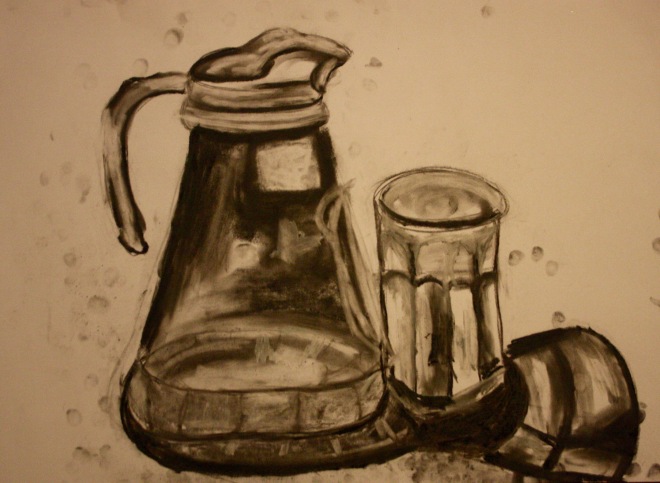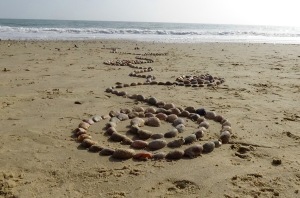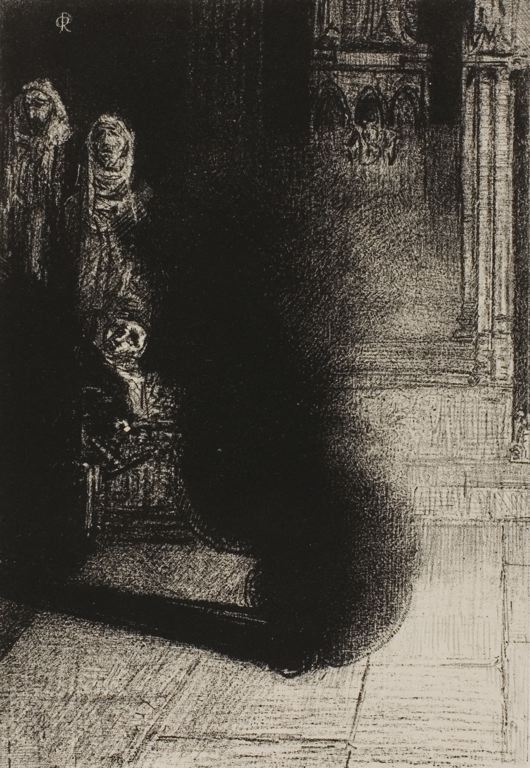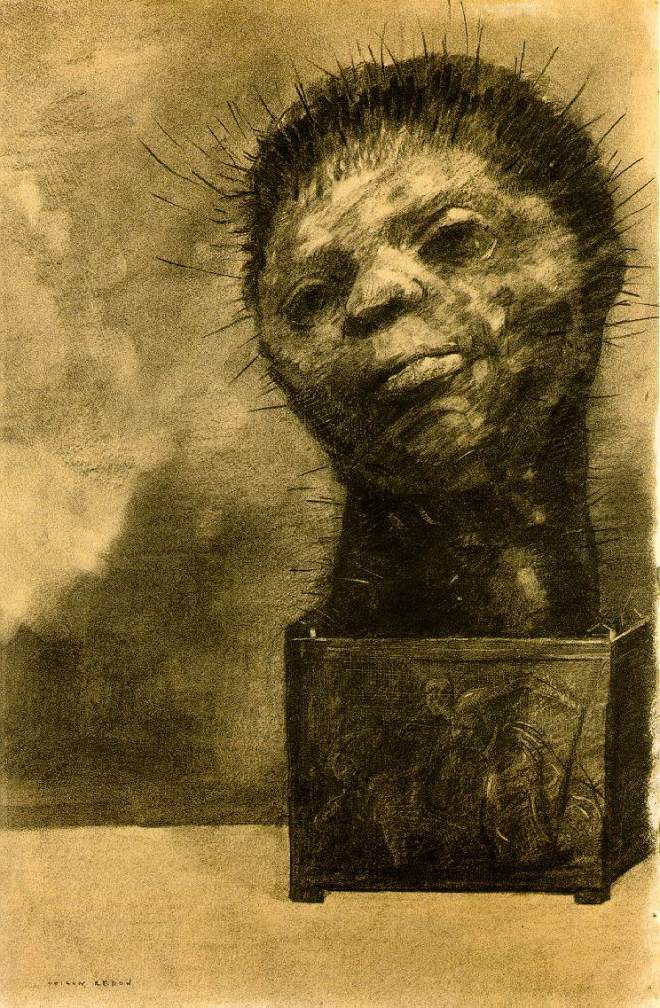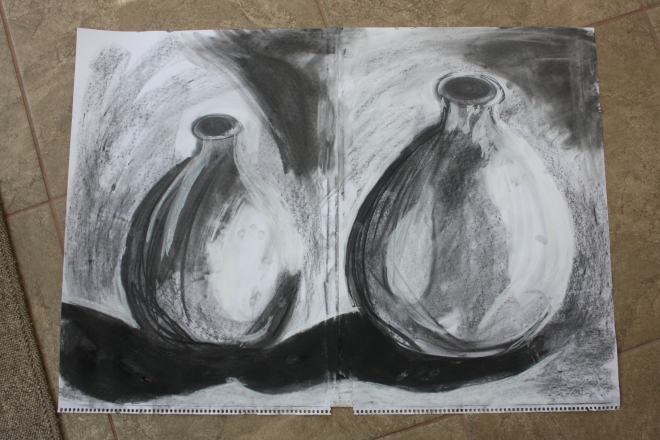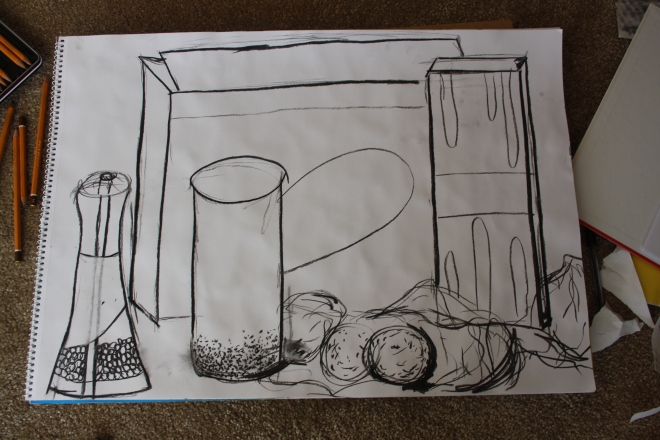I feel at this point is would be good to research into how artists convey textures, as I struggled creating a texture myself. I’m hoping this may inspire me to be more relaxed in the way I work as well as researching how other artists engage in their work. I think it is also important for me to not think too much about conveying the appropriate image and concentrate on the textures.
I found information on the meaning and significance of lines and marks that children make and how you can unravel these lines to understand the feelings and thoughts of the child. This really interested me, as ultimately I would love to find my way into art therapy. The article/information leaflet is called: Mark Making Matters. Young children making meaning in all areas of development. ‘scribbles are products of a systematic investigation, rather than haphazard actions’ – John Matthews (1999). The article mentions that when children realise that marks can be used to represent feelings they begin to use those marks to make their thinking visible. Children will make marks for various different reasons, wether it is for development along their journey or sometimes just for the pure physical enjoyment of the activity. With children using various media such as; chalk on a blackboard, or glue oozing through their fingers, they are simply enjoying the physical activity, exploring their sense and growing in confidence as they create these marks. They have no interest in the end product. At other times children may take delight in using their mark making to tell stories and express their feelings. A single drawing may help a child develop concepts relating to problem solving, such as numeracy or spellings. (The national strategies, early years. First published in 2008)
I was really intrigued by this article. I found this especially related to the making marks with emotions activity. I find that creating a mark that has an underlying meaning that is not yet exposed or discovered is exciting and that was how I felt when creating the marks with my emotions. I have found since doing the other exercises there is much more to creating a mark than just a line on the paper. I want to explore this and take this way of thinking when drawing and mark making. I feel that there would be a great deal of development taking place within a drawing if these are consciously thought about. But there is also subconscious, whether you are enjoying what you are drawing or not. I feel really excited to explore the notion of creating art with marks and lines and believe that this approach could result in interesting and meaningful pieces of art being produced not only by children but by adults and experienced artists also.
I came across a new artist that works with marks in a very expressive way. I find her work very intriguing and full of movement. Her name is: Julie Mehretu. She lives and works in New York.
She makes large scale, gestural paintings that are built up through layers of acrylic paint on canvas overlaid with mark-making using pencil, pen, ink and thick streams of paint. Mehretu’s work conveys a layering and compression of time, space and place and a collapse of art historical references, from the dynamism of the Italian Futurists and the geometric abstraction of Malevich to the enveloping scale of Abstract Expressionist colour field pertaining. In her high worked canvases, Mehretu creates new narratives using abstracted images of cities, histories, wars and geographic with frenetic mark making that for the artist becomes a way of signifying social agency as well suggesting an unravelling of a personal biography. Her points of interest are architecture and the city, compressed and densely populated urban environments of the 21st century. Her canvases overlay different architectural features such as columns, facades and porticoes with geographical schema such as charts, building plans and city maps, seen from multiple perspectives. Her paintings present a tornado of visual incident where gridded cities become fluid and flattened, like many layers of urban graffiti. Mehretu has described her rich canvases as ‘stop maps of no location’, seeing them as pictures into an imagined, rather than actual reality. Through the noise of the marks, her work seems to represent the speed of the modern city depicted, conversely, with the time aged materials of pencil and paint.
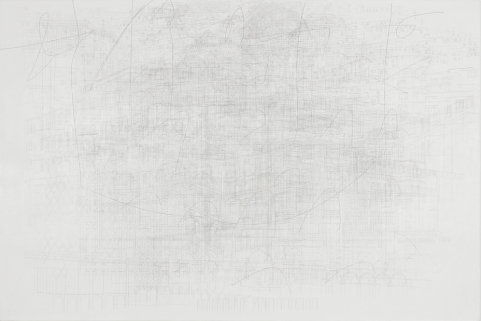
Kabul 2013. Graphite and acrylic on canvas. Photo: Ben Westoby
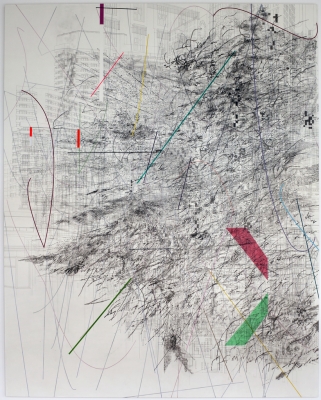
Mogamma: Part 1 2012. Ink and acrylic on canvas.
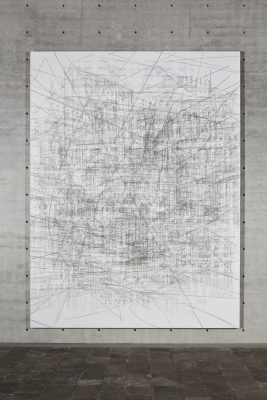
Aether (Venice) 2011. Ink and acrylic on canvas. Photo: Francesco Allegretto
http://whitecube.com/artists/julie_mehretu/
